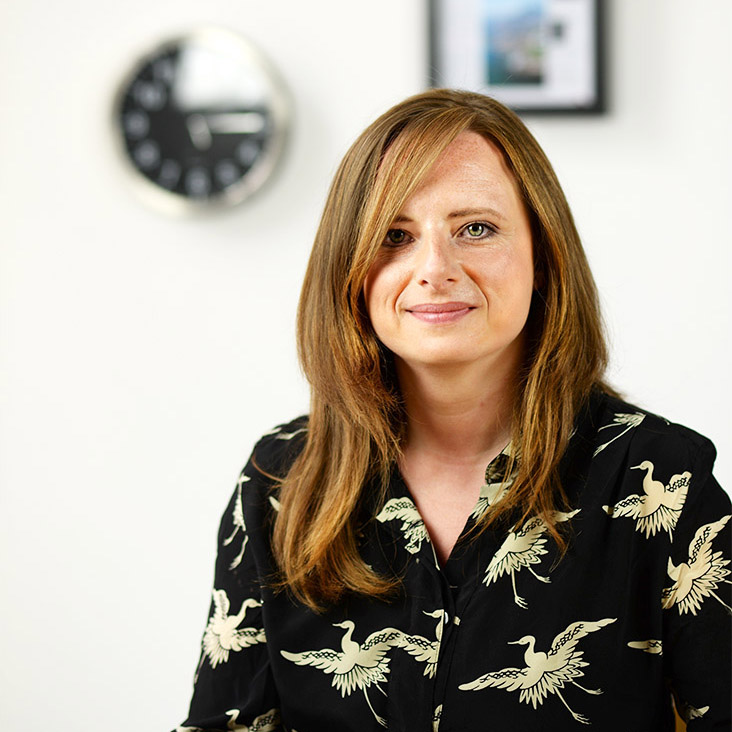Art of Simulation, Technical Corner
The ooh – ah of simulation
 Frances Sneddon / Jun 28, 2013
Frances Sneddon / Jun 28, 2013
A recent tweet from Paige Roberts got me thinking about a phenomenon I see every time I show someone a simulation for the first time – the red ball moment.
“At #HadoopSummit “Rule for good data visualization – ooh/ah. 1st visual impact – ooh! Then should teach, Ah!” – Jer Thorp”
Jer and Paige are totally right any good data visualization, and simulation is data visualization on a whole new scale, needs to give a “ooh” moment as soon as someone sees it. The “ooh” is not because its pretty and the colors are perfectly designed, its because it instantly speaks to them, gets them intrigued and starts sending little fire crackers of ideas going off in their head.
That means you have them perfectly primed and desperate to learn more about what this data can teach them. That’s when you get to give them some clever “ahs”. But most important it’s that they start generating their own “ahs” data is the most powerful when the people who know the process can work with it without needed an expert analysts to help them.
That’s what happens with simulation, my red ball moment. Simulation is all about numbers and sophisticated algorithms but it’s also about communicating that’s why the animated visualization is so key. When I pull up a simulation of a customer’s process and they start to see the little red balls moving through it, with the results dynamically changing it as it runs, that’s when I get my “ooh” from the audience. It’s exhilarating and I will never tire of hearing it!
They say “ooh” because they’re seeing their process come alive in front of them in a way them never seen it before, with clarity. They can instantly see bottlenecks, they can see the WIP escalating out of control and the resources that are working, and the ones that aren’t. Little fire crackers of insight and ideas start popping off and we’re ready to move onto the “ah”.
In the “ah” stage I start by showing them some interesting things I’ve noticed, do they make sense to them? Really that’s me teaching them how to look at this fantastic visualization and draw conclusions. Then I get them shouting out ideas they want to try and we change the simulation live to show them what would happen in their real process. With every experiment we do we get insights about their process, we learn and we work our way towards a plan for how to improve the process.
I’m now going to steal “ooh/ah” as a new name for my red ball moment, never really was comfortable saying that! Thank you Paige and Jer for articulating so well what data visualization is all about.